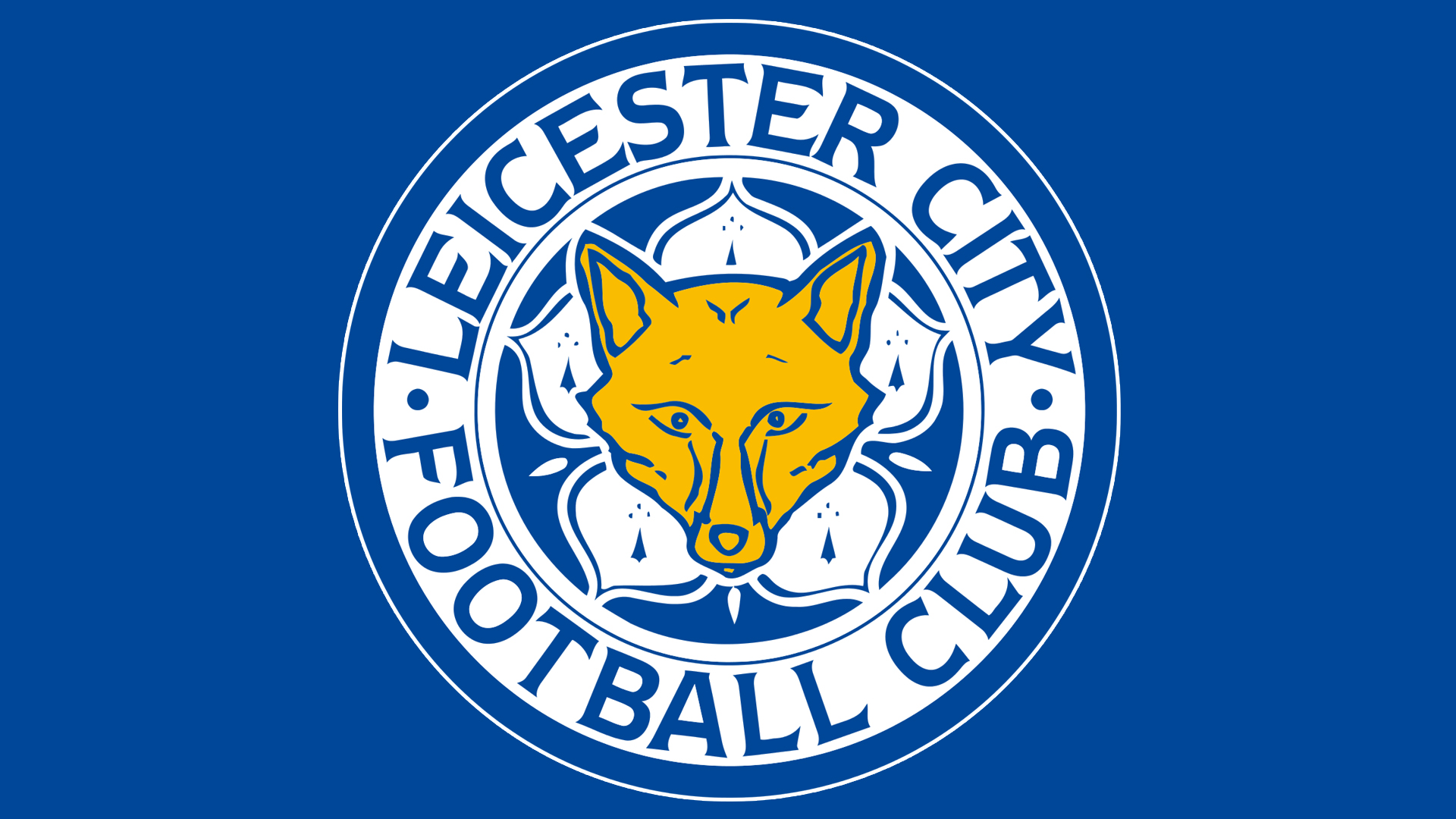Leicester City’s return to the Championship was confirmed on Sunday, following a 1-0 defeat at home to Liverpool. But what happened this season to cause the former league champions to drop back after only one year? Where did they fail, where other teams like Brentford, for example, have succeeded?
Managerial Instability
The season began with the unpopular appointment of Steve Cooper, who replaced Enzo Maresca after his move to Chelsea. Cooper’s appointment was never going to go down well at the King Power, given his ties with rivals Nottingham . He was an instant outsider with the Leicester faithful, and a poor run of results saw him sacked in November with the team just outside the relegation zone.

His successor, former Manchester United and Real Madrid striker Ruud van Nistelrooy, took the job as his first full time managerial role, and despite a promising managerial pedigree, failed to ignite a change in fortunes. The Dutchman oversaw a disastrous run, winning just two of his 21 league matches, ultimately leading the club to relegation with five games to spare. The constant change in leadership disrupted team cohesion and tactical consistency, hindering any chance of establishing a stable Premier League presence.
Woeful Home Form and Goalscoring Drought
Leicester’s home form was nothing short of abysmal. Their defeat to Liverpool marked their ninth consecutive home league game without a goal, a Premier League record. The run at the King Power stretches back to December 8th, meaning lost points against Wolves, Crystal Palace and Manchester United, all bottom half teams. Their last point at home was a 2-2 draw with Brighton, the same game when they last scored at home.

Watching Leicester over the last couple of weeks, and again today, there would seem to be a toxic atmosphere between team and fanbase. When you’re struggling, you need fans to get behind the team. That drive just hasn’t been there in the past few weeks. A team aspiring to stay in the Premier League needs to make their home ground a fortress, but Leicester’s inability to score in front of their own fans was a major contributing factor to their downfall.
Ineffective Recruitment
The summer transfer window saw several new arrivals, but many failed to make the desired impact. They had an obvious need for a striker, with Jamie Vardy heading towards the end of his elite level playing days being the only recognised goal scorer

in the squad. Odsonne Edouard arrived on loan but got little playing time, but the big money was spent on Oliver Skipp (€23.5m) from Spurs and Bilal El Khannouss (€22.5m) from Genk in midfield. Issahaku Fatawu showed promise early in the season, but a knee injury in November ruled him out for the rest of the season. The overall quality and depth of the squad were simply not enough to compete consistently in the Premier League. The lack of impactful signings meant that when injuries or dips in form occurred, the team lacked adequate replacements to maintain performance levels.
Premier League Quality Too High
Ultimately, despite their Championship-winning pedigree, Leicester City simply struggled to match the quality and consistency of their Premier League opponents. The step up in competition proved too significant, and their weaknesses were ruthlessly exposed week after week.
Their immediate return to the Championship was down to a combination of managerial instability, dreadful home form and a lack of goals, defensive frailties, ineffective recruitment, and ultimately, an inability to consistently compete at the Premier League level. Players like Mads Hermansen, Wilfred Ndidi and Stephy Mavididi will likely find new homes at Premier League clubs for next season, but Leicester now face a period of rebuilding to prepare for the challenges of the Championship and aim for another promotion in the future.
Gary Cronin, April 2025




Comments are closed